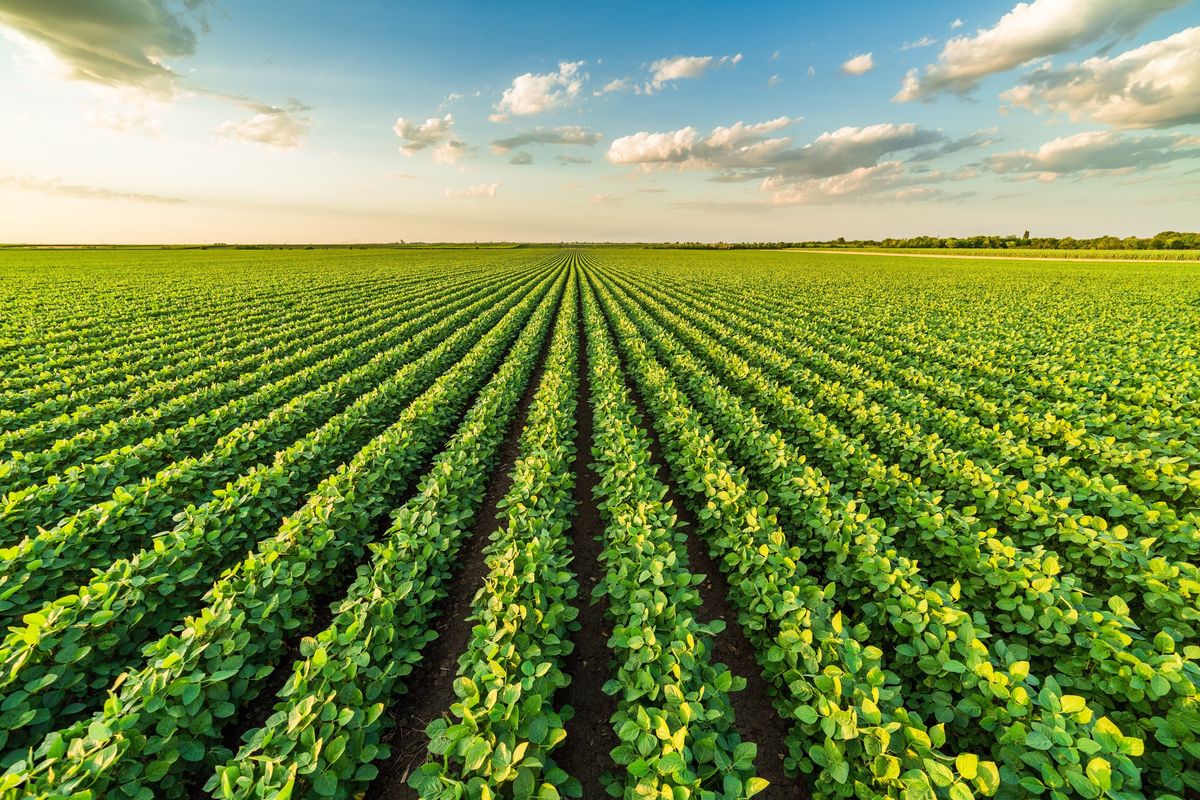Cross-sector
An organic market facing an unprecedented situation
After years of growth, the organic market is running out of steam with a 6.3% drop in sales in 2022. What strategy should be adopted to face this unprecedented situation?

It is common to see a growing demand for organic products and green and sustainable initiatives in agriculture. Especially in Europe, consumers are demanding organic products, and legislation is pushing for the reduction of chemicals in agriculture. But do farmers have enough non-chemical alternatives to treat their crops and increase their yields?
Multiple approaches exist today to avoid using chemicals and are generally referred to as biologicals. One biological approach is the use of living microorganisms, often called microbes, microbials or inoculants. In this article, Alcimed explores living microorganisms that can promote crop development, supporting both organic and conventional agriculture.
Microorganisms are bacteria or fungi, living or dormant, that can be applied over the seeds, in-furrow (administered to the soil at planting), as a foliar application, and potentially for post-harvest treatments. These microorganisms will live around the plant or even create a symbiosis with the plant, and provide benefits such as:
Some key examples of microbials that are already widely used in conventional agriculture, especially for soybeans, are:
Discover how we can support you in your biological control projects >
The use of microorganisms in agriculture has been around for over 25 years, mainly by small biotech companies. But microbes have not been widely used until recently, mostly because of the efficient, cost-effective, and diverse chemicals on the market.
Recently, microbials have attracted the attention of large agrochemical companies such as Corteva, Syngenta, and Bayer in the seed treatment and crop protection segments. These companies are expanding their biologics portfolios, including live microorganisms, by investing in R&D to develop new products and acquiring or partnering with key biological companies that already have effective microbial products.
From the perspective of the customers, i.e., the farmers, the adoption of microbes has been quite heterogeneous. Organic farmers have long been interested in microorganisms, which they use for a wide range of actions to benefit their crops. Interestingly, conventional farmers have increasingly been adopting microbials into their practices, with double-digit growth rates. But why?
Although microorganisms can replace some chemicals and some may be more effective than chemicals, the market for microbes is still very limited and not well established yet. For example, some nitrogen fixers are very effective for soybeans, but not for corn.
The future of microorganisms will most likely look like a combination of chemicals and microbials, and not stand-alone products because there are still barriers to overcome. To name a few: the efficacy of microbials is not consistent, many microbes are still incompatible with some chemicals to be applied simultaneously, their shelf life is short because they are living microorganisms, and their application may require new equipment, which may imply higher investments from farmers.
Today, the application of microorganisms can be challenging because their efficacy is variable and may require additional investments by retailers and farmers, but microbes have found their way into applications such as nitrogen fixation and bionematicides, especially for soybeans. The future of microbials looks bright and hopeful, with microbes and chemicals coexisting in conventional agriculture, as well as in organic agriculture combining microbials with other biological seed treatments and crop protection approaches.
You are interested in microorganisms in seed treatment and crop protection? Alcimed can support you in your projects, do not hesitate to contact our team!
A propos de l’auteur,
Marta, Senior consultant and Quentin, Projet Manager in the Alcimed’s life science team in Lausanne
Vous avez un projet d’exploration ?
Nos explorateurs sont prêts à en discuter avec vous